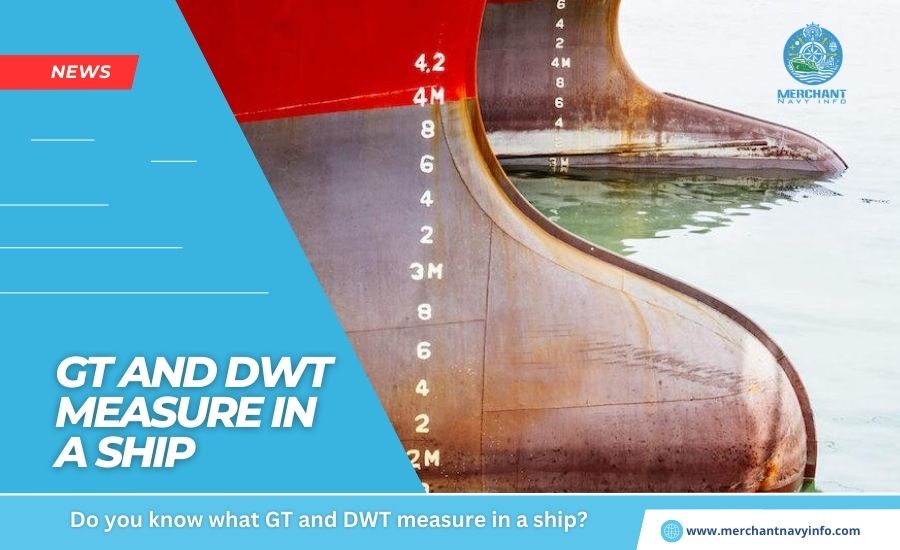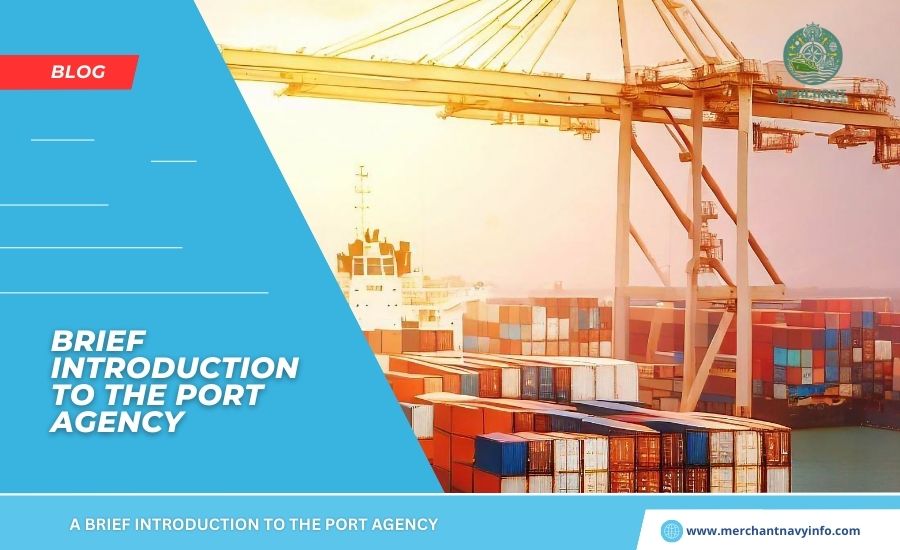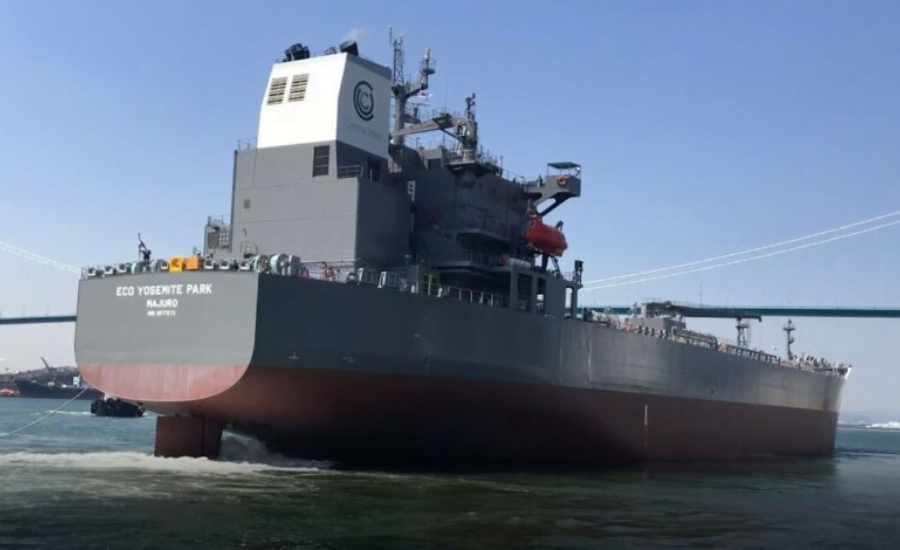
Shipping industry professionals are familiar with terms such as “gross tonnage,” “dead tonnage,” “net tonnage,”. And many other terms regularly encountered in ship -related information sources. However, it’s not always easy to differentiate between them, especially if you’re new to the industry. Have you ever wondered about the difference between gross tonnage and deadweight tonnage?
Tonnage
Broadly speaking, “tonnage” refers to the size of a ship and can be expressed in terms of volume or weight.
Gross Tonnage/Count:
No Units Gross Tonnage (GT or GT) is a measure of the total internal volume of a vessel, determined by dividing the vessel’s enclosed space contents in cubic feet by 100. GT applies to ships, not cargo. This measures the volume of the ship and has nothing to do with its weight. This is based on her two variables. V is the total volume of the ship in cubic meters (m3), and K is a multiplier based on the volume of the ship.
Net Tonnage / Count:
No Units GT is often confused with net tonnage, which is a ship’s gross tonnage minus the space occupied by crew accommodation, machinery, navigation, engine room, and fuel. This means that a ship’s net tonnage represents the space available to accommodate passengers and stow cargo.
Note:
GT and NT are dimensionless and cannot be counted in physical tonnage units. The word “ton” is no longer used to describe the tonnage of a ship. Therefore, we usually say without adding any units: “The gross tonnage of the ship is 12,345 tons. Therefore, it includes the sum of the weight of cargo, fuel, fresh water, ballast water, food, crew members, etc. This measurement does not take into account the empty weight of the ship, i.e. DWT is: It represents the difference between the tonnage of water a ship displaces “lightly” and the tonnage it displaces when it reaches the “loading line.” It’s submerged.
As you probably remember, the loading line (also known as the Plimsoll line) on the hull of a ship indicates the maximum depth to which a loaded ship can safely be sunk.
Gross Tonnage” = total size of the ship “Net Tonnage” = effective capacity of the ship. “Lifting Capacity” = is the ship’s carrying capacity in tons.
Displacement
The Displacement of a ship is, as the term suggests, the amount of water it can carry when swimming. The volume of water displaced is measured in cubic meters (m3). Displacement tonnage is the overall weight of water displaced when a ship is afloat with full fuel tanks and all supplies, measured in metric tons (1,000 kg). The term “displacement tonnage” may refer to the weight of a ship and its contents in tons of 2,240 pounds. “Light” displacement is the weight of the vessel without stores, bunker fuel, or cargo; “laden” Displacement is the overall weight of the vessel, including all of the above. The Convention provides for gross tonnage and net tonnage, both of which are calculated independently.
This regulation applies to all ships built after its effective date of July 18, 1982. The treaty marked a shift from the traditionally used terms gross registered tons (GRT) and net registered tons (NRT) to gross tonnage (GT) and net tonnage (NT).
Why Is This Useful?
GT is not a very suitable measurement for everyday use, but it is the basis for authorities, PSCs, flag states and classification societies to set manning regulations, safety rules and registration fees. Gross and net tonnage are also used to calculate port charges. According to the Steamship Mutual P&I Club, tonnage measurements are used to assess Port Charges and may be based on either gross or net tonnage.
Pilotage Charges
May be based on either gross or net tonnage. Light water dues are usually based on net tonnage. Canal toll is usually based on net tonnage. In some cases, this term is also used to compare ship sizes, although larger ships have a higher gross tonnage. It is not necessarily large. Looking at gross tonnage, the world’s largest container ships (GT basis) currently have a gross tonnage of just over 230,000, and the largest cruise ships (GT basis) have a gross tonnage of just over 228,000.










